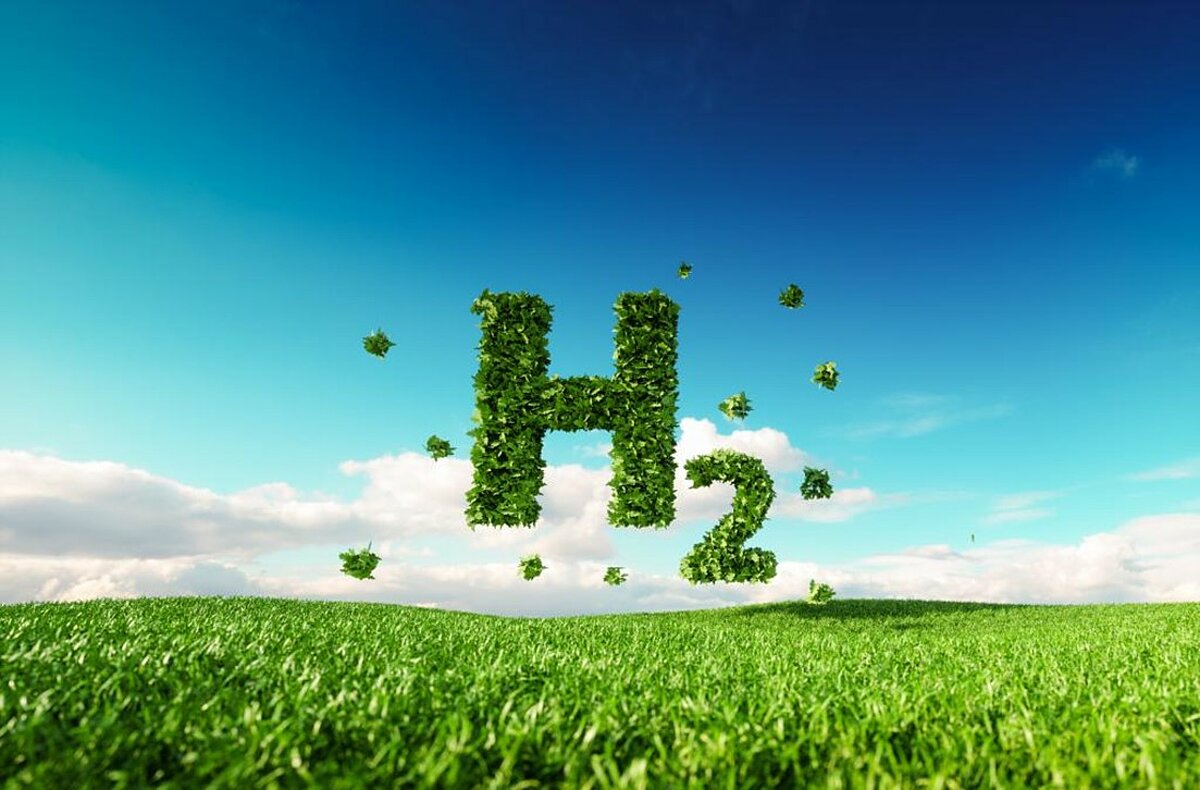
As governments around the world scramble to start up green hydrogen economies, scientists are pointing to an underexplored source of the gas – natural hydrogen continuously generated in the earth’s crust.
Hydrogen could be taken straight from the ground to supplement hydrogen derived from fossil fuels and renewables, according to scientists researching this underexplored alternative. Natural, or white, hydrogen is continuously produced in the earth’s crust, and scientists are now discovering there’s much more of it stored underground than previously thought.
It’s a renewable resource that can be captured by simply drilling a well. One such pool was found in Mali in the 1980s, but it took decades before someone proposed to extract the gas. Today, the well gives out 98% pure hydrogen and has not recorded any decrease in production since extraction started in 2012.
Hydrogen is touted as a key source of energy that will help decarbonise economies around the world. The EU launched its hydrogen strategy in 2020, calling for €470 billion in investment by 2050 and setting out the goal to produce up to 10 million tonnes of the renewable version of the gas each year by 2030.
Today most hydrogen is produced by reforming natural gas but a green version of hydrogen can be made through the process of electrolysis where a current of renewable energy goes through water to separate hydrogen and oxygen. This so-called green hydrogen is expected to be the fuel of the future, used to decarbonise heavy duty industry, steel-making and long-haul freight. But today green hydrogen remains expensive and there’s not enough renewable energy to meet the demand. This is where natural hydrogen could fill the gap.